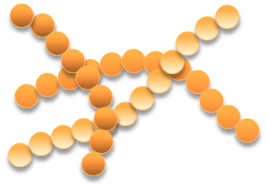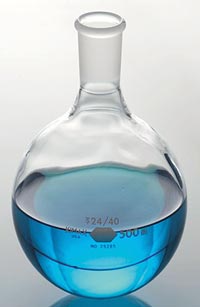The Group

(Front L to R): H-F Chow, Lisi He, Huaizhen Wang, , Yvette Cheung, Kung Zheng, Qiuli Qi, (Back L to R): Ho-Wang Ip, Chun-Fai Ng, Wai-Shing Wong, Wing-Wah Lau, Gary Hung, Ho-Wing Tse, Xiaoqin Sun
News
Sep 2017: Frances passed her PhD oral defence, and has got a job in the industry. Congratulations!
Aug 2017: Gary joined the group as a PhD student. Welcome!
Oct 2016: Eric published the synthesis of a wizard hat-shaped compound in JACS as the cover page. Well done!
Sep 2016: Theo passed his PhD oral defence, and has got a job in the industry. Congratulations!
Aug 2016: Xiao Zhong, Yvette, Xiao Sun, Ho-Wing joined the research group. Welcome!
Research Interests
Understanding the Macromolecular World 
Macromolecules exist everywhere in our world. Typical examples are proteins, DNA, carbohydrates, and polymers. Our major research focus is to understand how these molecules can be built to create the desired architecture, and how they can interact with each other and other molecules to achieve the desired functions. Our research efforts encompass the use of knowledge in three different areas:
Synthesis 
The ability to prepare macromolecular systems with defined size and architecture is a pre-requisite to the understanding of their functions. As chemists, we are privileged to have the ability to design and synthesize molecular systems of any complexity. We employ classic organic reactions as well as modern organometallic reactions to prepare our target molecules.
Characterization 
We must be able to determine whether the molecular systems that we built possess the correct structure and functionalities, and are also of high purity for further studies. We rely on many analytical techniques, such as nuclear magnetic resonance spectroscopy, mass spectrometry, infra-red spectroscopy, and gel permeation chromatography to provide conclusive proofs of their molecular identities.
Property Studies 
We utilize many different analytical and spectroscopic techniques, such as high field nuclear magnetic resonance spectroscopy, FT-IR, UV and fluroscence spectroscopy, circular dichorism, high performance liquid chromatography, gel permeation chromatography, laser light scattering, scanning electron microscopy and tunneling electron microscopy, and computer modeling to elucidate the properties of our synthesized molecules.
Click here for project details.
Teaching
Courses Offered This Year - Please log on to CUHK Blackboard for details
CHEM 2200 Organic Functional Groups: Structure and Reactivity
-

-
CHEM 4640 Pharmaceutical Chemistry
